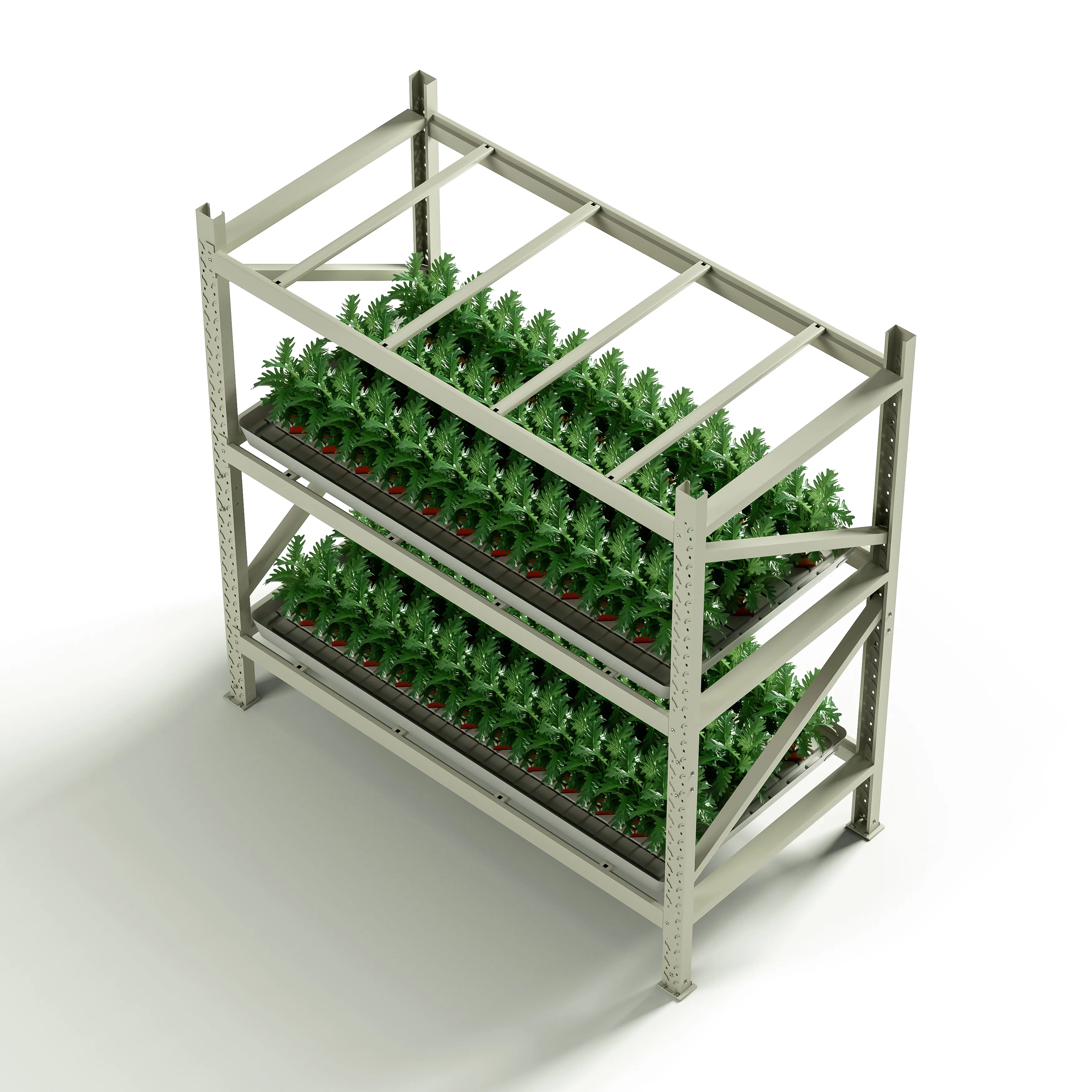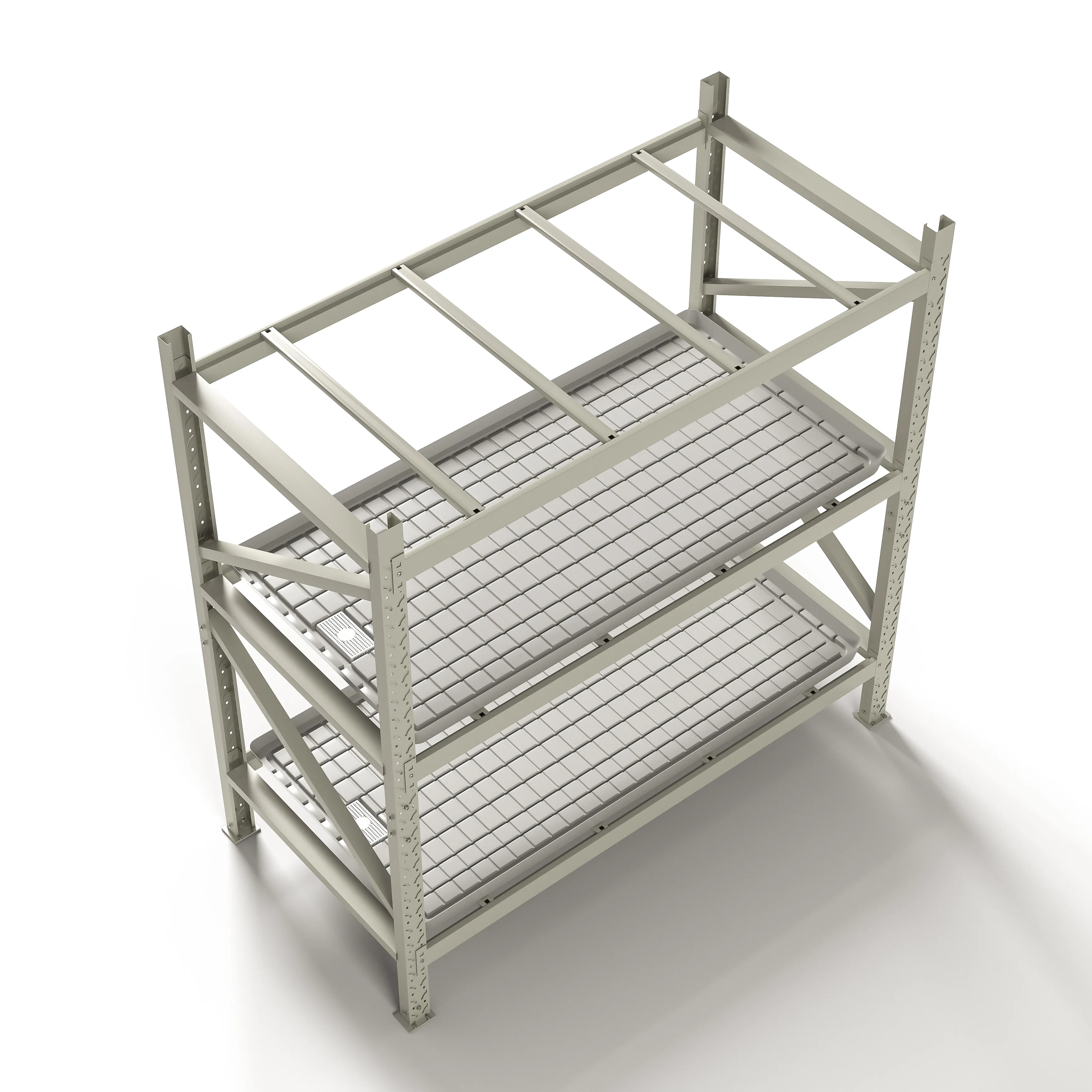A grow room ventilation system is essential for maintaining optimal environmental conditions for indoor gardening, particularly for plants like cannabis or other sensitive crops.
The key components and features of a typical grow room ventilation system

Exhaust Fans: These fans expel stale air, excess heat, and humidity from the grow room to the outside environment. They are usually installed near the top of the room to facilitate the removal of warm air that tends to rise.
Intake Fans or Vents: Intake fans or vents bring in fresh air from outside the grow room, providing plants with the necessary CO2 and oxygen for photosynthesis. These are typically placed near the bottom of the room to ensure proper air circulation.
Ducting: Ducting is used to connect the exhaust and intake fans to their respective locations in the grow room. It helps direct airflow efficiently and can be made from materials like aluminum or flexible plastic.
Carbon Filters: Carbon filters are often installed in conjunction with exhaust fans to remove odors and airborne contaminants from the air before it is expelled outside. This is particularly important for indoor gardens where odor control is a concern.

Air Circulation Fans: These fans are positioned within the grow room to promote even distribution of air, temperature, and humidity. They help prevent stagnant air pockets and reduce the risk of mold or mildew growth by maintaining consistent airflow around the plants.
Humidifiers and Dehumidifiers: Depending on the specific requirements of the plants being grown, humidifiers and dehumidifiers may be integrated into the ventilation system to regulate humidity levels within the desired range.
…
More detailed information on types of grow room ventilation systems can be found here:https://www.etegreen.com/en/a/news/grow-room-ventilation-system-components.html


